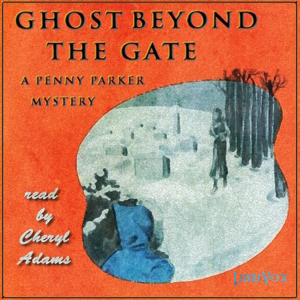Description
By: Henry James (1843-1916)
“The Last of the Valerii” by Henry James is a captivating novel that explores themes of family, love, and societal expectations. The story follows the Valerii family as they navigate through the complexities of their relationships with each other and the outside world. James’ writing is beautifully descriptive and eloquent, drawing readers into the world of the Valerii family with vivid imagery and emotional depth.
The characters in the novel are complex and multi-dimensional, each grappling with their own inner struggles and desires. The protagonist, Prince Lotiform, is a particularly intriguing character who must come to terms with his own identity and place within his family and society. James does a wonderful job of portraying the internal conflicts and external pressures that each character faces, making them feel incredibly real and relatable.
Overall, “The Last of the Valerii” is a thought-provoking and emotionally resonant novel that will linger in the reader’s mind long after they finish it. James’ masterful storytelling and nuanced characterization make this a must-read for fans of classic literature and those interested in exploring the complexities of the human experience.
Book Description:
An unnamed American painter resident in Rome serves as narrator in this story, watching as his god-daughter Martha, becomes the wife of Prince Marco Valerio. The young bride is eager to use some of her American fortune in the service of archeology at the Villa Valerio, her husband’s somewhat run down Roman house. Archeology can be, her god-father suggests, a rather expensive hobby, but to his (and her) surprise, the dig brings to light a lovely marble statue of Juno. Martha is overjoyed, but it is soon clear that her husband is overcome by the discovery, and overcome in ways that are to be disquieting. In this, as in several of James’s stories, there are elements of the supernatural — or so the reader might invited to believe. To what, in any case, will the discovery lead? (Introduction by Nicholas Clifford)











